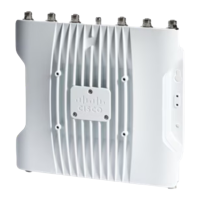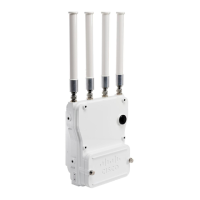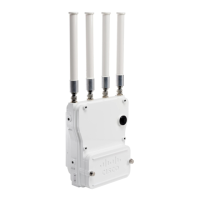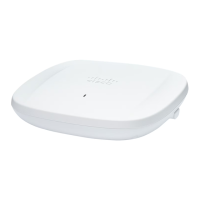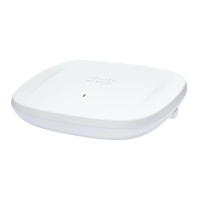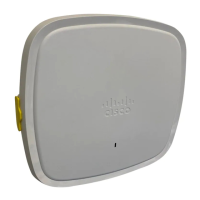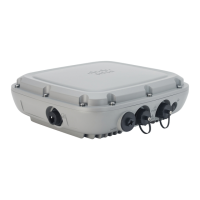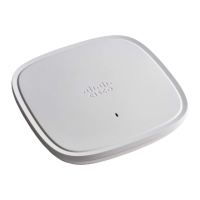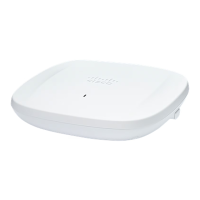
Do you have a question about the Cisco Catalyst IW9167I and is the answer not in the manual?
| Brand | Cisco |
|---|---|
| Model | Catalyst IW9167I |
| Category | Wireless Access Point |
| Language | English |
Describes the guide's content and provides links to related resources for configuration and troubleshooting.
Explains the document's use of notes, cautions, and safety warnings for important information.
Provides URLs for accessing all user documentation and wireless controller configuration guides.
Offers resources for timely information, services, support, and developer resources from Cisco.
Details the Cisco Bug Search Tool for tracking product defects and vulnerabilities.
Instructs users on how to provide feedback on Cisco technical documentation.
Overview of the IW9167I AP's design for outdoor/industrial environments, features, and supported platforms.
Details the available ports on the AP front panel, including Ethernet, SFP, and power connectors.
Lists the supported power sources for the IW9167I Access Point, including DC power and PoE options.
Describes the supported power injectors for the IW9167I Access Point, including their specifications.
Explains the Ethernet uplink port functionality, including PoE support and cable requirements.
Covers the factory-orderable fiber option for data connectivity using SFP modules.
Provides detailed information about the AP's internal antennas and GNSS receiver.
Illustrates the radiation patterns for the AP's internal antennas across different frequency bands.
Lists the items included in the AP package, such as the AP unit, ground lug, and gland.
Provides step-by-step instructions for unpacking the access point from its shipping box.
Lists accessories such as mounting brackets and cables that can be ordered separately from Cisco.
Describes the optional process to configure the AP before final installation for expected operation.
Outlines site survey recommendations, required network information, and environmental considerations.
Provides instructions and options for mounting the access point using built-in flanges or separate brackets.
Details how to attach a power adapter to the access point when using specific mounting brackets.
Explains the importance and procedure for properly grounding the access point unit.
Covers the methods for powering the access point using DC power or power-over-ethernet.
Guides on connecting Ethernet and SFP ports for data transmission, using cable glands or adapters.
Explains how the AP discovers and connects to a controller using methods like stored IPs, DHCP, or DNS.
Provides steps for connecting power, observing AP LEDs, and ensuring proper network connectivity.
Details the meaning of various AP status LED colors and patterns for diagnostics.
Describes how to use the reset button to perform factory resets or clear internal storage.
Addresses common reasons why an AP might fail to join a controller and suggests solutions.
Provides key guidelines for AP communication with Cisco controllers and network requirements.
Explains how to configure DHCP Option 43 to help APs find and join the correct controller.
Provides critical safety warnings and instructions for working with electrical equipment.
Details the FCC compliance regarding RF exposure limits and safe operation of the device.
Offers essential safety precautions for site selection, installation, and handling the AP.
Provides techniques to prevent receiver damage and packet error degradation during radio testing.
Recommends site surveys to determine optimal AP placement for range, coverage, and performance.
Contains the FCC Declaration of Conformity statement and certification details for the AP models.
Outlines the operating conditions and compliance for the device in Mexico.
Presents the Voluntary Control Council for Interference (VCCI) Class A warning for Japan.
Details Industry Canada compliance, including RSS standards and RF exposure limits.
Provides compliance information for the European Community and associated countries.
Specifies compliance requirements and frequency power limits for the United Kingdom.
Outlines administrative rules for operating Cisco Catalyst access points in Taiwan.
Contains information regarding compliance with guidelines related to RF exposure.
Provides links to additional resources and organizations for information on RF exposure.
Indicates where to find all Declaration of Conformity statements related to the product.
